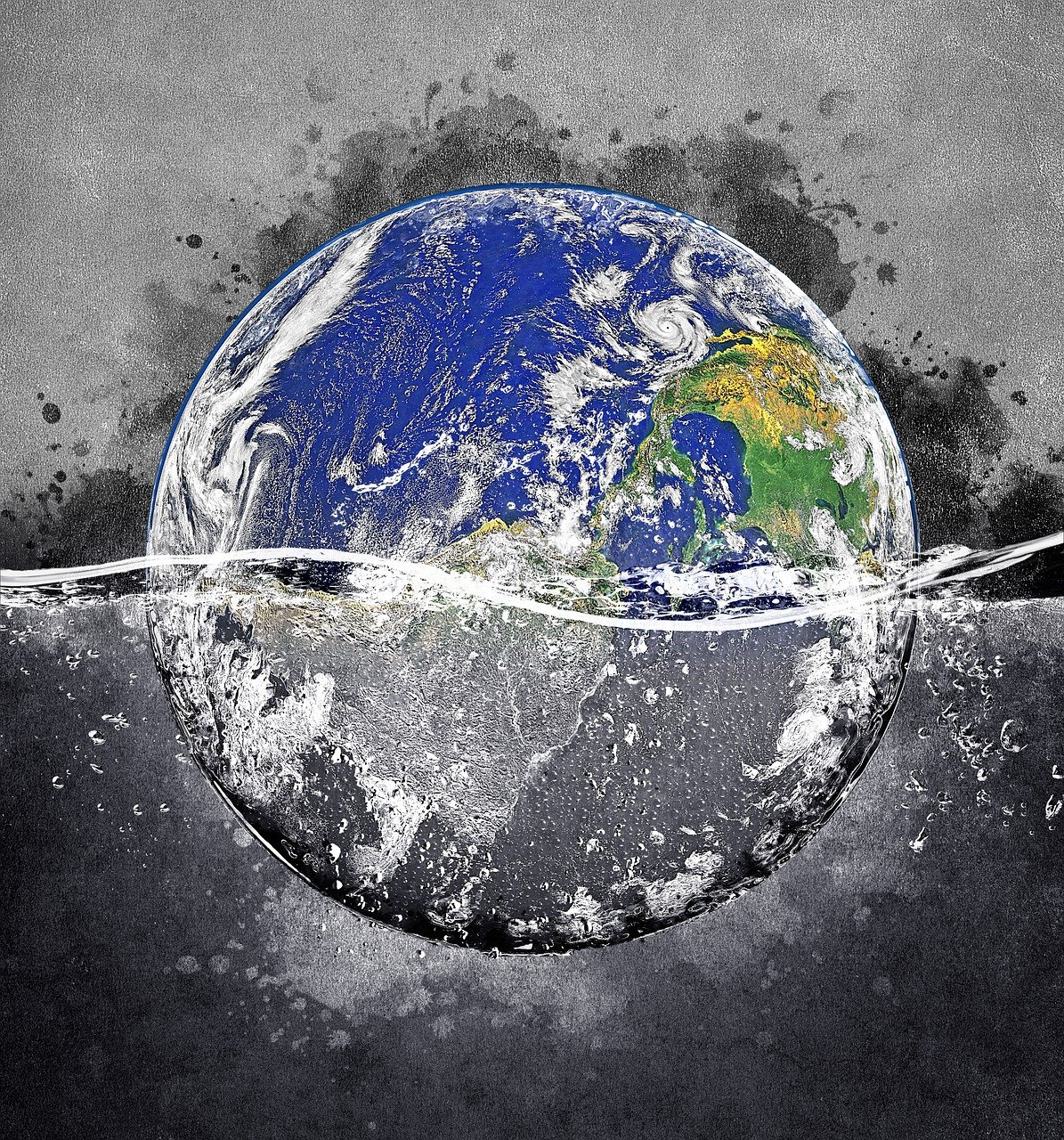3 September 2024
Since 1980, Europe has been warming twice as fast as the global average and weather patterns on the continent are becoming more unpredictable – and more violent. This irregular climate affects not only our built environment and farmlands but also our economy and collective health.
Over the past four decades, the frequency of extreme weather events worldwide has tripled, resulting in economic losses of €270 billion in 2023 alone. Without decisive action, the trajectory points to yet more disruption and yet higher losses in the future.
Finding the right answers to how we can mitigate climate change and adapt to its effects, requires expertise from a wide range of policy areas. That is why EIOPA welcomes the new report by the Climate Resilience Dialogue, convened by the European Commission. This interdisciplinary report, grounded in the insights from stakeholders with a broad knowledge base, aligns closely with EIOPA’s own sustainable finance priorities.
Harnessing the power of insurance
Insurance plays an important role in cushioning the negative macroeconomic, financial stability and fiscal implications of catastrophes. Insurers’ investment power, underwriting capacity and risk assessment skills can provide fresh financing, much-needed protection and actionable guidance for dealing with climate risks. When catastrophes hit, insurance limits losses and helps economies bounce back quicker and more completely, thereby reducing fiscal pressure on countries with high physical risks.
Despite this, EIOPA’s analysis shows that only about a quarter of weather- and climate-related economic losses have been insured in Europe. This large protection gap has a detrimental impact to Europe’s economy and its citizens. As losses are set to increase, the shrinking availability and rising cost of insurance will only widen the insurance protection gap, amplifying the economic costs, systemic risks and fiscal pressure on governments.
Reducing the cost of insurance via burden sharing
The Climate Resilience Dialogue report identifies the need to actively explore the potential for new public-private collaborations schemes, at the EU or national level. EIOPA supports such partnerships as they can promote risk prevention and adaptation, reduce the cost of the risk transfer ex ante and incentivise the supply of and demand for insurance.
Building on its earlier work with the ECB in identifying policy options for addressing natural catastrophe insurance gaps, EIOPA is working on concrete recommendations regarding the key features of public-private initiatives that can improve the affordability of insurance and reduce the burden on national governments. Our analysis of existing private-public schemes can inform the development of a potential EU-wide solution and provide momentum for it.
To achieve the report’s goals of improving risk identification, raising risk awareness, and encouraging adaptation and prevention, EIOPA sees value in greater cooperation between the insurance industry, regulators, supervisors and governments.
Improving risk assessment through data and knowledge sharing
EIOPA has established itself as a Centre of Excellence for catastrophe modelling and data, providing supervisors and insurers with valuable, open-access tools to better measure and assess climate risks. Our dashboard on the insurance protection gap offers insights into individual EU member states’ exposures to multiple hazards from flood to wildfire.
The Climate Resilience Dialogue stresses the need for EIOPA to continue measuring insurance protection gaps at the national and EU level to better understand and address future protection gaps on the continent.
To improve access to data relevant for effective risk assessment, EU authorities, in cooperation with Member States and the insurance industry, may wish to consider the creation of an EU-wide public data hub for natural catastrophes. In particular, the report underlines the need for EIOPA to consider collecting insured loss and exposure data for natural catastrophes and making them publicly available.
Enhance risk awareness – reducing risks while bringing consumers along
Understanding how consumers go about the risks is just as important as understanding the risks themselves. Using insights from behavioral science, EIOPA developed and tested solutions to encourage greater take-up of natural catastrophe insurance. These include raising awareness about climate risks at teachable moments, promoting standardized and comparable insurance products, and offering incentives like premium discounts for implementing risk mitigation measures. Such initiatives can drive higher insurance penetration and enhance societal resilience to climate-related calamities.
While increasing climate insurance penetration helps make households and businesses more resilient, it does not reduce the overall risk, potentially putting the affordability, and, ultimately, the availability of insurance products in danger. EIOPA has been developing the concept of ‘impact underwriting’ as a key component of a successful climate strategy in insurance. Impact underwriting is when insurers motivate their clients to reduce their risk exposure. For example, homeowners who install storm-resistant roof tiles or floodproof doors may receive discounts on their home insurance as a reward. Such an approach can lead to mutually beneficial outcomes for both consumers and insurers.
Ultimately, more proactive measures may be needed to keep certain regions insurable. In areas where private insurers are no longer able to offer coverage at reasonable rates, it may be necessary to revisit existing building codes. We must not shy away from using current knowledge and the latest scientific data to assess where and how it is safe to build homes and where it may no longer be viable. EIOPA would welcome a gradual, honest and constructive dialogue on this important topic.
Bringing demand-side insights and impact underwriting together, EIOPA is developing a blueprint for a practical tool to enhance risk awareness and improve society’s and the industry’s grasp of related prevention measures, with the aim of reducing insured losses and supporting the take-up of insurance coverage.
Read the Final Report of the Climate Resilience Dialogue
Notes
EIOPA is a participant in the European Commission’s Climate Resilience Dialogue, along with other stakeholders, including representatives from insurers, reinsurers, risk managers, actuaries, and public authorities.
Source – EIOPA

